Brief analysis of Zuko, antagonist of Avatar the Last Airbeneder, along with his evolution throughout the series, composed of his internal and external objectives, as well as the obstacles he is forced to face until he becomes aware of his wrong actions and fights for his honor and redemption.
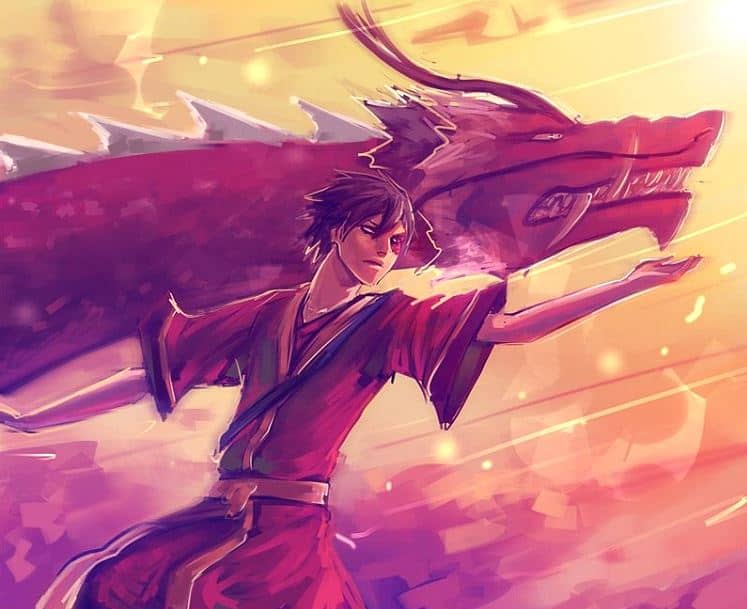
Readers love complicated, passionate, flawed characters, just like us. We enjoy searching as they search, learning as they learn.
Writers want to offer this experience to their readers, but they can often resist making characters truly evil. They don't want to plunge readers into a dark story, and they certainly don't want to endorse horrible behavior. But making a character "bad" from the beginning is an effective way to get the message across. The further a character has to go to learn a lesson, the more obvious that lesson will be to readers.
Zuko, antagonist of Avatar: The Last Airbender (ATLA), is a prime example of a character whose redemption journey is as impactful, if not more so, than that of any other character in the story (including Avatar Aang, the protagonist) precisely because he has so much left to learn from the story's message. .
Post content:
Synopsis/Plot of Avatar the Last Airbender
The Earth has been divided into four tribes: Fire, Earth, Water and Air. Some members of each tribe possess the ability to manipulate their tribe's namesake element: the Fire Tribe can shoot fire through the air, the Earth Tribe can make chunks of earth emerge from the ground and manipulate them at will, etc. The legend, however, speaks of a person who can manipulate the four elements; This person is called the Avatar. The Fire People have been waging war on the other three tribes for as long as anyone can remember, and Zuko, the prince of the Fire People, has been banished from his home until he finds and brings home the Avatar.
Meanwhile, two young and innocent members of the Water Tribe, Katara and her old brother Sokka, accidentally find a boy named Aang, who turns out to be the Avatar, frozen in an iceberg. Zuko discovers that the Avatar has been unleashed and attacks the Water Tribe until Aang surrenders to Zuko to stop the bloodshed. Aang finds out who he is and escapes, with the help of Katara and Sokka. Remember that he was a member of the now extinct Air tribe, and that he possesses the ability to bend air immediately, but despite being the Avatar, he must still be taught to harness the powers of Fire, Earth and Water. With Katara and Sokka at his side, Aang must avoid Zuko and the Fire Tribe long enough to harness their powers to bring peace to Earth.

What is a redemption arc?
A redemption arc is a period or division of manga/anime in which a character who does "bad" or "morally gray" things eventually becomes a "good" hero or character. These arcs can be used with both protagonists and antagonists. The character's journey is often peppered with choices that represent the dichotomy of good and evil, and the character must either fight against both or be tempted by them. In the end, the internal change that the character experiences ends up choosing good, or redemption.
Redemption arcs are powerful. They allow readers to experience what happens when people who do bad things fight to do good things, a problem we will all face in our lives. They teach us that, although it is not easy to be "good", it is worth it, and that you are never too far away to change.
Analysis of Zuko's change in Avatar
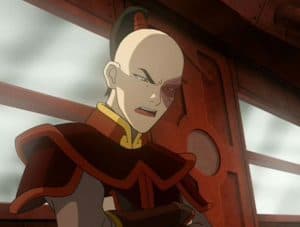
ATLA's Prince Zuko is an example of well-done redemptive arcs, so much so that we end up feeling more identified with the antagonist than with the protagonist.
Let's examine what you want, why you want it, and what erroneous beliefs guide you.
⦁ The EXTERNAL OBJECTIVE What Zuko believes he wants is to capture the Avatar for his father and, in doing so, regain his honor.

⦁ Your INTERNAL GOAL, or what he really wants, is the love and respect of his family and his nation.
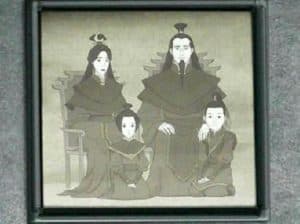
⦁ The INTERNAL OBSTACLE What drives those goals, and what stands in the way of your success, is your belief that honor is what makes you lovable.
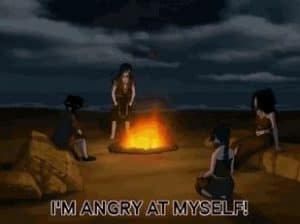
Zuko's belief that honor will make him lovable drives him to capture the Avatar so he can regain honor, and therefore love. These are the key elements of your psyche that set the stage for the redemptive journey you experience.
Let's see how these goals and beliefs manifest in his behavior, and change during his arc of change, throughout the three acts of Avatar: The Last Airbender.
Zuko in Avatar – Evolution and Analysis
Act 1 – Face the internal obstacle
The first act of a story consists of setting the scene, introducing the character, and establishing their goals and internal obstacle. The first act contains the catalyst for the story, an incident that prompts the character to confront his internal obstacle for the first time. The catalyzing event is what sets the events of the story in motion and pushes the character on their path to change.
In a redemptive arc, this is when the character's "bad" qualities are shown. They act immorally, or at least their actions are very "gray", but as their goals and internal obstacle are revealed, the reader knows why they act the way they do.
Zuko begins as a young banished prince who is driven by his desire to regain his honor (external objective), which he believes will earn him the love and respect of his abusive father (internal objective) and allow him to return to his family. and to his homeland.
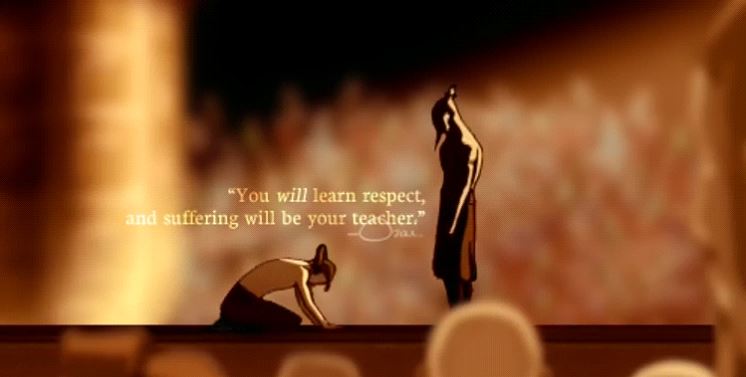
After years of fruitless searching, Zuko finally discovers the missing Avatar. If he is able to return the Avatar to his father, Fire Lord Ozai, Zuko will be welcomed home after two years of banishment, but if he fails, he must remain banished forever.
On the Catalyst, Zuko underestimates the Avatar, who easily evades capture. Zuko's desire to capture the Avatar grows and he is forced to decide whether he will obsessively continue his hunt for the Avatar across the world (believing that regaining his honor is the only thing that makes him lovable) or whether he will abandon the search on the advice of his uncle Iroh (realizing that he has love and respect in front of him). He chooses to continue his search for the Avatar.
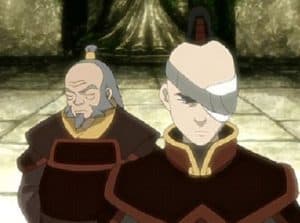
Act 2 – Fixing the internal obstacle in the wrong way
The second act of a story revolves around the character trying to overcome his internal obstacle the wrong way. In this act, things are likely to get progressively worse as the character is forced to confront his deep-rooted flaws. This act concludes with the character hitting rock bottom and ultimately changing as a result of his failure.
In a redemptive arc, this is when the character's "bad" qualities deepen. He is torn between good and evil and, although he begins to show some "good" or "better" qualities, in the end evil wins. They make a truly terrible decision, based on their Internal Obstacle, which leads them to inescapable failure, which forces them to face and recognize their Internal Obstacle flaws.
As Zuko follows the Avatar around the world, and eventually confronts him, we see him continually make selfish decisions focused on regaining honor because he believes it is the only way to be loved again (his Internal Obstacle!).
After failing to capture the Avatar, Zuko sinks deeper into despair. He struggles to recognize his life's purpose as he realizes he probably won't be able to return home (his external goal). In addition to his banishment, he and Iroh have been marked as traitors and are now the ones on the run from Zuko's sister, Princess Azula. Meanwhile, Zuko slowly learns more about himself and we begin to see a change in him due to Iroh's influence. He begins to question what "honor" means to him.
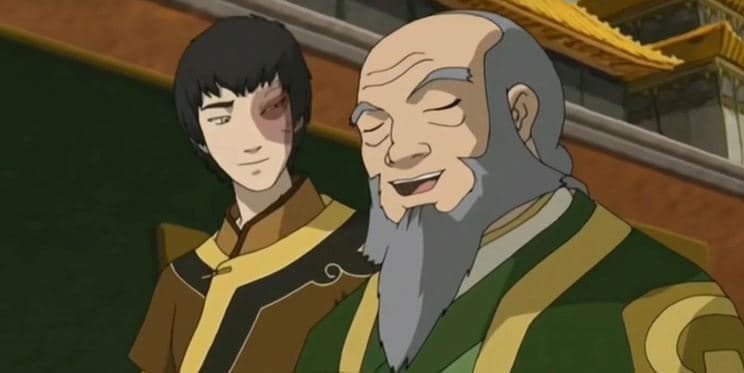
In one of the most important moments of the act, Zuko has the opportunity to help the Avatar and his friends escape from Azula. Instead, Zuko chooses to help his sister and attack the Avatar, once again choosing his Inner Obstacle and regressing on the small growth he has made so far. Uncle Iroh, for his part, chooses to defend the Avatar and is arrested for treason.
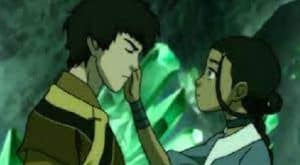
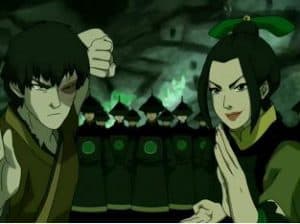
As a result, Zuko receives the love and respect he so desired from his father and the Fire Nation (his external target). However, his false victory causes him to question his father's ideals and he is forced to wrestle with the concept of honor, and whether the love and respect he thought he wanted should come at the cost of doing the wrong thing.
Zuko hits rock bottom when an imprisoned Uncle Iroh rejects him. Then he finally realizes that he has made the wrong decision to pursue Aang and that, in reality, he has lost both his honor and the love of his loved ones. This failure forces him to realize the point of the story that love and friendship bring balance to the world. He decides to abandon his father's plans and instead help the Avatar in his quest to save the world.
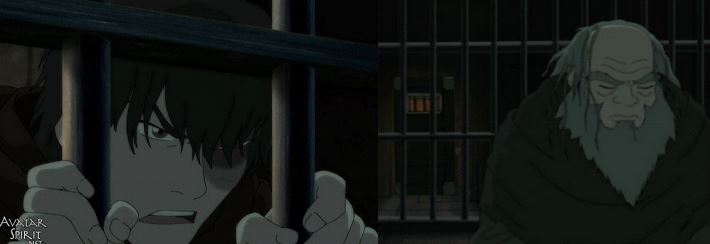
Act 3 – Overcome the internal obstacle
The third act consists of the character fixing the problems created in the second act and fixing himself by overcoming his internal obstacle. During this act, the character shows that he has changed and learned. At the end of this act, the character should be the opposite image of what he had at the beginning of this journey.
In a redemptive arc, this is when the character finally chooses to embrace "good" over "evil." He goes from being a problematic character to a positive one, and the distance of that change makes us deeply root for them. By changing, you are finally able to accept what you need to do to be successful in achieving your Inner Goal.
After Uncle Iroh rejects him, Zuko struggles to recognize his own ideals and honor, and during his moment of reflection at the end of the second act, he realizes that he must reject his father, Fire Lord Ozai ( and, therefore, his father's ideals). Zuko confronts his father and chooses what he now knows is honorable: joining the Avatar's quest to restore balance to the world and defeat Fire Lord Ozai.
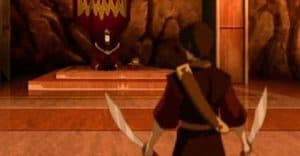
He then reconciles with the Avatar and his friends, becoming an integral part of their group. He even apologizes to Uncle Iroh, who immediately forgives him and hugs him. We see Zuko adopt humility and patience, becoming the complete opposite of who he was at the beginning of the story, as he prepares to fight his father and sister once and for all.

During the final battle with his sister, Zuko cements his redemption by sacrificing himself for the Avatar's friend Katara, allowing him to defeat Azula. With this sacrifice, we see his redemption arc completed, as he has finally found friendship and love (achieving his inner goal) by embracing his own honorable ideals (overcoming his inner obstacle).
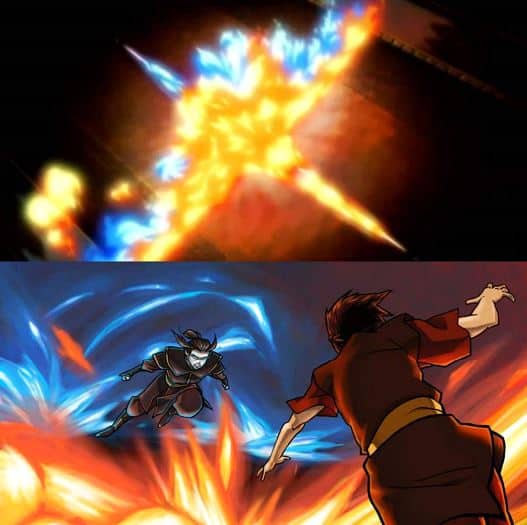
Conclusion – Analysis of Zuko in Avatar
As a redemption story, Zuko's arc is so successful because he authentically and believably changes and grows from "bad" to "good." After watching him struggle for so long to do the right thing, we are all happy in the end when he finally learns that honor comes from doing the right thing (overcoming his Inner Obstacle) and, in doing so, receives the love of his new friends and family. family, achieving his internal goal exactly the opposite of what he intended. We understand why he made bad decisions, we understand his struggle at every decision point, and we triumph with him as he discovers his own identity. We learn with him through his change.
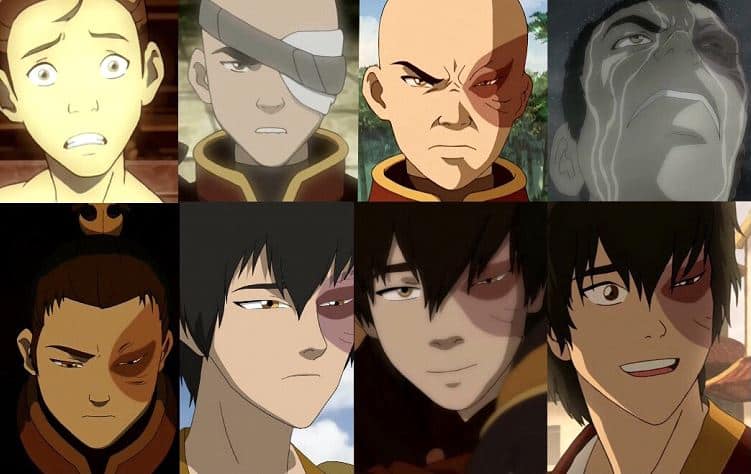
I hope that this analysis of Zuko and his role as an antagonist in Avatar has been to your liking, and do not hesitate to leave any extra information in the comments, or even your own opinion regarding the character and his fantastic evolution.
